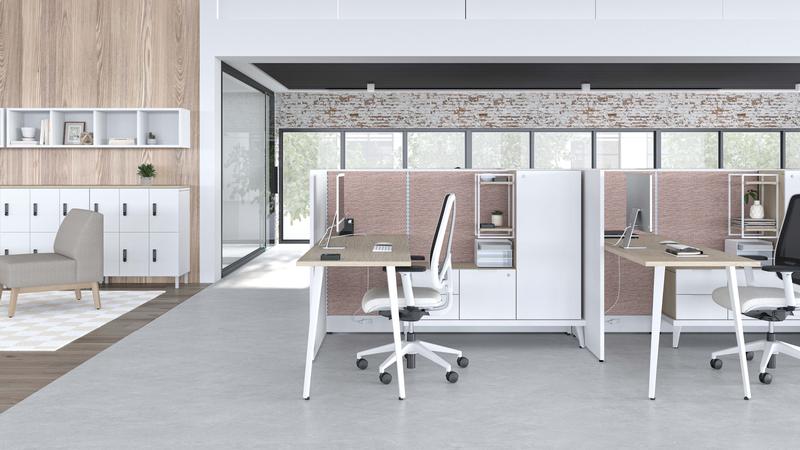Welcome to the future of workspaces, where adaptability, efficiency, and well-being are the new gold standards. If you’re ready to transform your office from a static space into a dynamic hub of productivity, collaboration, and comfort, modular furniture is your ticket. In this crash course, we’ll break down the five modular furniture pieces every modern office needs, explore how each fits into various office interior design strategies, and reveal why corporate interior design is now synonymous with flexibility. Let’s dive in and rethink what’s possible for your workspace.
Modular Workstations: The Heart of Agile Office Interior Design
First up, the modular workstation. Forget the old-school cubicle farms-modular workstations are the backbone of adaptive office interior design. These systems can be tailored with adjustable heights, movable partitions, and integrated cable management, making them perfect for open-plan layouts or hybrid work environments.
In corporate interior design, modular workstations shine in spaces where teams need to collaborate one day and focus solo the next. Imagine a marketing department that clusters desks for a brainstorming sprint, then reconfigures for quiet, heads-down work. Modular workstations allow for this seamless transition, supporting every workflow and every personality on your team.
The best part? As your business grows or shifts, these workstations can be expanded, condensed, or relocated-no costly renovations required. This is modular furniture at its most versatile, making office interior design a living, breathing part of your company culture.
Modular Seating: Comfort and Collaboration for Every Occasion
Next, let’s talk about modular seating. In today’s office interior design, seating is about more than just a place to sit-it’s about creating zones for collaboration, relaxation, and creativity. Modular sofas, movable lounge chairs, and seating cubes can be arranged in endless combinations to suit the day’s needs.
Corporate interior design leverages modular seating to foster spontaneous meetings, casual catch-ups, or even impromptu brainstorming sessions. Picture a cluster of soft seating becoming a hub for a team huddle, or individual lounge chairs providing quiet corners for reflection and reading. With modular furniture, your office can shift from social to serene in minutes.
This flexibility is especially valuable in multipurpose spaces or breakout areas. Modular seating supports a culture of inclusion, giving employees the power to choose how and where they work best.
Modular Storage Solutions: Organization Meets Aesthetics
A cluttered workspace is the enemy of productivity, and that’s where modular storage solutions come in. These include stackable shelves, portable file cabinets, adjustable bookcases, and even rolling storage units-all designed to evolve with your needs.
In office interior design, modular storage keeps everything accessible and tidy, whether you’re working with a compact startup office or a sprawling corporate headquarters. Corporate interior design often uses these solutions to create clean lines and open spaces, making the office feel larger and more inviting.
Need to reconfigure your layout? Modular storage can be moved or repurposed instantly. It’s not just about stashing away files; it’s about supporting a workflow that’s as organized as it is adaptable. Modular furniture ensures that every square foot of your office is optimized for both function and style.
Modular Conference Tables: Meetings on Your Terms
Meetings are the pulse of any business, and modular conference tables are the ultimate tool for making them more effective. These tables can be expanded, reduced, or rearranged to accommodate anything from a quick team huddle to a full-scale board meeting.
In office interior design, modular conference tables are ideal for multipurpose rooms that need to flex throughout the day. Corporate interior design experts love these tables for their ability to promote energetic, collaborative meeting cultures without wasting space.
Imagine starting the morning with a large group session, then breaking the table into smaller units for focused project work. With modular furniture, your meeting spaces are always ready for action-no matter the size or purpose of the gathering.
Modular Partitions: Privacy and Focus When You Need It
Finally, modular partitions are the unsung heroes of flexible office interior design. These movable panels allow you to carve out private zones, reduce distractions, and create semi-private meeting areas on demand.
Corporate interior design uses modular partitions to define work zones in open-plan offices, provide privacy for sensitive discussions, or create quiet areas for deep focus. The beauty of modular furniture is that these partitions can be moved, expanded, or removed as your needs change-no construction required.
Whether you’re hosting a confidential HR meeting, giving employees a quiet corner to recharge, or simply reducing visual clutter, modular partitions make it easy to balance openness with privacy.
How to Match Modular Furniture with Office Interior Design Styles
Now that you know the essentials, how do you make them work for your unique office? The answer lies in aligning each modular furniture piece with your overall office interior design and corporate interior design goals.
For open-plan offices, modular workstations and partitions help create zones for collaboration and focus. Modular seating and storage keep the space uncluttered and welcoming, while modular conference tables and partitions allow for flexible meeting setups.
In executive offices, minimalist modular desks with hidden storage, floating shelves, and comfortable yet space-saving seating create an environment that’s both functional and impressive. Modular furniture ensures that even private offices can adapt for meetings, solo work, or creative sessions.
For multipurpose or shared spaces, modular seating, stacking chairs, and rolling storage units make it easy to switch between uses-whether you’re hosting a workshop, a client meeting, or a team celebration.
And don’t forget aesthetics: today’s modular furniture comes in a range of finishes, colors, and materials, allowing you to match your brand identity and create a cohesive, inspiring environment.
Key Takeaways
- Modular workstations, seating, storage, conference tables, and partitions are the five essentials for a flexible office.
- Each piece supports different office interior design and corporate interior design strategies, from open-plan layouts to executive suites.
- Modular furniture enables you to adapt your workspace for collaboration, focus, meetings, or relaxation-often in minutes.
- Investing in modular furniture is a cost-effective, sustainable way to future-proof your office and empower your team.
Modular furniture is more than a trend-it’s the foundation of modern office interior design and corporate interior design. By investing in these five essentials, you’re not just buying furniture; you’re creating a workspace that adapts, inspires, and grows with your team. The future of work is flexible, and with the right modular furniture, your office will be ready for anything.
Frequently Asked Questions (FAQ):
How does modular furniture improve office interior design?
Modular furniture allows you to reconfigure your office layout quickly, supporting changing team sizes, workflows, and collaboration needs. It brings flexibility and efficiency to any office interior design.
Why is modular furniture a smart choice for corporate interior design?
It adapts to evolving business needs, supports employee well-being, and helps create a dynamic, inclusive environment. Modular furniture is also more sustainable and cost-effective in the long run.
What’s the best way to start integrating modular furniture into my office?
Begin with the essentials: modular workstations, seating, storage, conference tables, and partitions. Choose pieces that align with your office interior design vision and can be easily reconfigured as your needs change.

